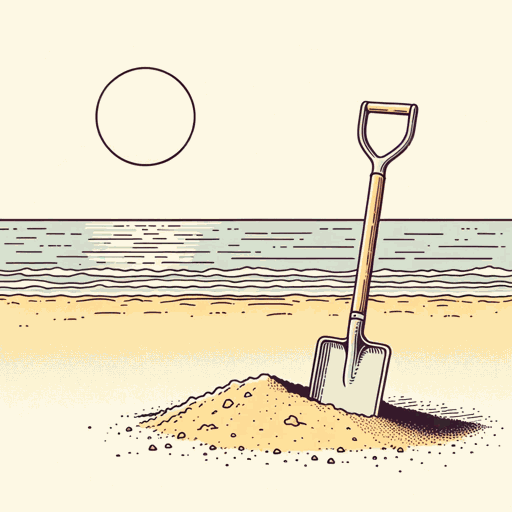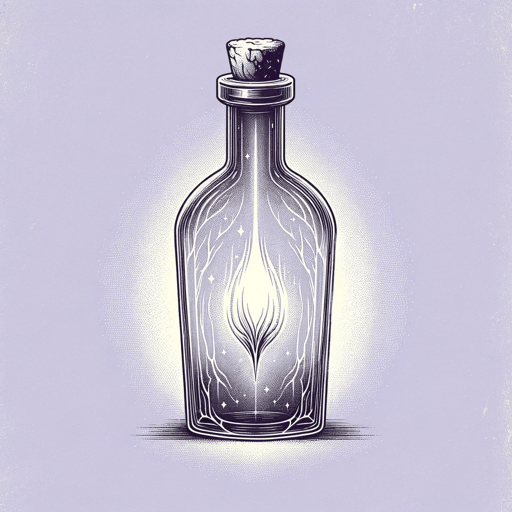31 pages • 1 hour read
Robert Louis StevensonThe Bottle Imp
Fiction | Short Story | Adult | Published in 1891A modern alternative to SparkNotes and CliffsNotes, SuperSummary offers high-quality Study Guides with detailed chapter summaries and analysis of major themes, characters, and more.
Story Analysis
Analysis: “The Bottle Imp”
“The Bottle Imp” is a short story in the parable genre, which emphasizes moral lessons through the actions of its characters. The story exemplifies the theme that Money Can’t Buy Happiness, as well as Self-Sacrifice for Love. The central conflict of the story involves Keawe and his wife, Kokua, overcoming the evil of the bottle and achieving happiness despite external obstacles. In order to do so, they must learn to sacrifice for one another. They also learn that the earthly riches brought by the bottle cannot bring them true happiness. Instead, the moral of the story persuades readers that no amount of wealth is a replacement for sacrificial love, and no money is worth risking one’s eternal salvation.
Like many parables, “The Bottle Imp” relies less on Realism, a kind of literature that uses verisimilitude and imitates life, than it does the tropes of the fairy tale or folk tale. Stevenson frames the story as a real one told by the narrator, who begins “There was a man of the Island of Hawaii, whom I shall call Keawe; for the truth is, he still lives, and his name must be kept secret” (Paragraph 1).
Related Titles
By Robert Louis Stevenson

At the Sea-Side
Robert Louis Stevenson

Kidnapped
Robert Louis Stevenson

Markheim
Robert Louis Stevenson

Requiem
Robert Louis Stevenson

The Black Arrow
Robert Louis Stevenson

The Land of Counterpane
Robert Louis Stevenson

The Master of Ballantrae
Robert Louis Stevenson

The Strange Case of Dr. Jekyll and Mr. Hyde
Robert Louis Stevenson

Treasure Island
Robert Louis Stevenson

